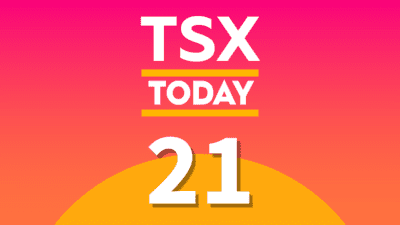The bull market and falling interest rate environment of the last decade resulted in many new investors eschewing bonds in their portfolios. More and more investors are going 100% stocks, forgoing the boring-but-safe returns of bonds to take more risk on the equity side.
This is dangerous, even if you have a high risk tolerance and long time horizon. An allocation to high credit quality bonds, especially Canadian government debt or U.S. Treasuries has several benefits, including better risk-adjusted returns, lower portfolio volatility, and smaller draw-downs.
Why would we want bonds?
The March 2020 COVID crash and brief bear market was a sobering reminder for many investors about the need for a fixed income allocation in their portfolios. While stocks fell by over 30%, government bonds rose, with long-term U.S. treasuries up some 20% at the peak of the crash.
We want bonds because they are often uncorrelated with stocks. To put it simply, when stocks fall, bonds tend to rise, especially government bonds. This is called the “flight to quality,” caused by investors panic selling stocks and buying bonds en masse. We can then sell the bonds and use the proceeds to buy cheap stocks, called rebalancing.
Unlike other hedges like put options, gold, or commodities, bonds have a positive expected return over time from the coupon payment. Moreover, during a recession, governments tend to drop interest rates, which sends bond yields lower but sharply raises their price.
What type of bonds do we want?
With bonds, our main risks come from defaults and interest rates. With government bonds, default risk is not a concern. The U.S. and Canadian governments will always pay their debts on time. This is why we don’t want to use corporate bonds as a hedge, because they tend to drop with equities during times of crisis.
Interest rate risk is a bit different. Bond prices are inversely related to interest rates. When rates go up (like they did recently), bond prices fall, and their yield increases. However, not all bonds are affected by interest changes equally. A concept called bond convexity makes this somewhat more complex.
A good rule of thumb is to check the average duration of the bond fund. Duration is a measure of the sensitivity of bond prices to interest rate movements. For example, if a bond has a duration of 2.0, its price would fall about 2% if interest rates rise 1%, and vice versa if rates fell.
In general, longer duration bonds like 20+ year Treasuries will offer the greatest degree of non-correlation to stocks and volatility, but be hurt (or helped) the most by interest rate changes. Shorter duration bonds will be less affected by changing interest rates, but may not hedge as strongly due to their lower volatility.
What are the best bond funds for 2022?
2022 and onward will likely be a time of rising interest rates, as various central banks attempt to curb high inflation. In this case, investors should consider either intermediate (five to seven years) or short (one to three year) government bond exchange-traded funds (ETFs) to hedge their equity portfolios with.
Your best choices here would either be iShares Core Canadian Government Bond Index ETF (TSX:XGB) in a TFSA, or Vanguard Short-Term Treasury ETF (VGSH) in an RRSP (to avoid the 15% foreign withholding tax on distributions). Both ETFs are AAA-rated government debt, making them safe from default.
XGB has a longer effective duration of 8.7 vs. 1.9 for VGSH, making the latter a better hedge against equity risk but more sensitive to rate increases. What this means is that if you pick VGSH over XGB, you’ll need to allocate more of your portfolio to it for protection.
Both ETFs are fairly cheap. VGSH has a management expense ratio (MER) of 0.04%, while XGB has a MER of 0.27%. Investors looking for safety of principal while maintaining slow, but steady capital appreciation should consider anywhere from a 20%-40% allocation to either of these bond ETFs.










